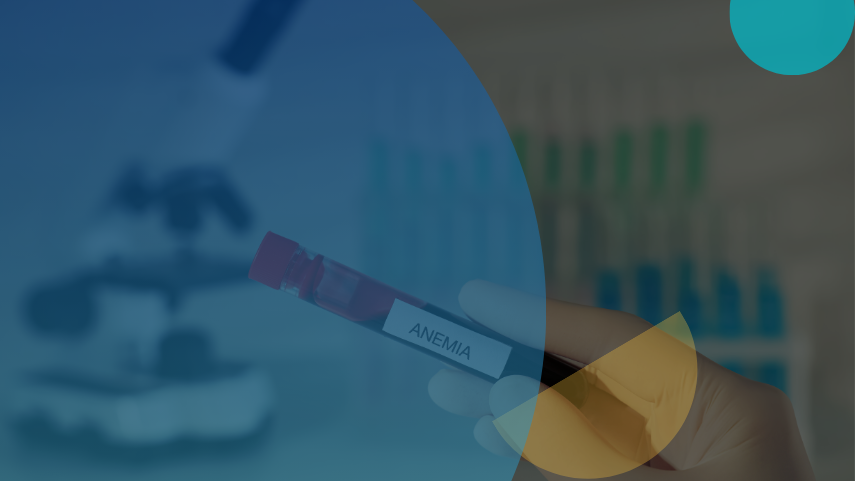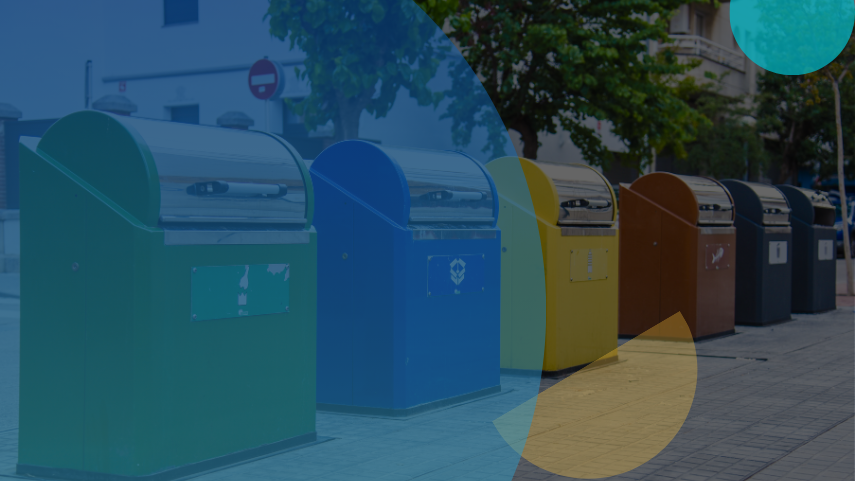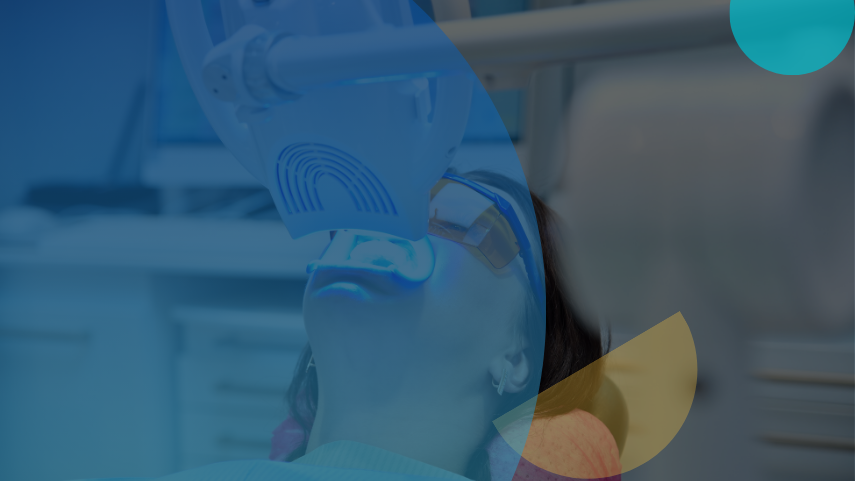
Value Delivered
The identified prior art provided a solid evidence that the use of AI in dental aligner manufacturing systems was known before the patent was filed. The client was able to use this prior art to dimantle the patent’s novelty claims, and thus strengthen their invalidity position.
Problems Solved
Conventional searches through classes and keywords revolving around dental aligners failed to describe the use of Artificial Intelligence in their manufacturing. Literature searches yielded a thesis that described some key aspects relating to aligner manufacturing but also used a manual approach where orthodontics was responsible for evaluating the progress.
As the patent technology revolved around an app-based solution, system prior art was also explored. Popular app stores like Google Play and Apple App Store presented several dental and aligner monitoring applications.
However, the key aspect of evaluating dental aligners did not involve using AI. Thus, it became essential to understand how the technology evolved from manual to AI-based and who were the key players responsible for this shift.
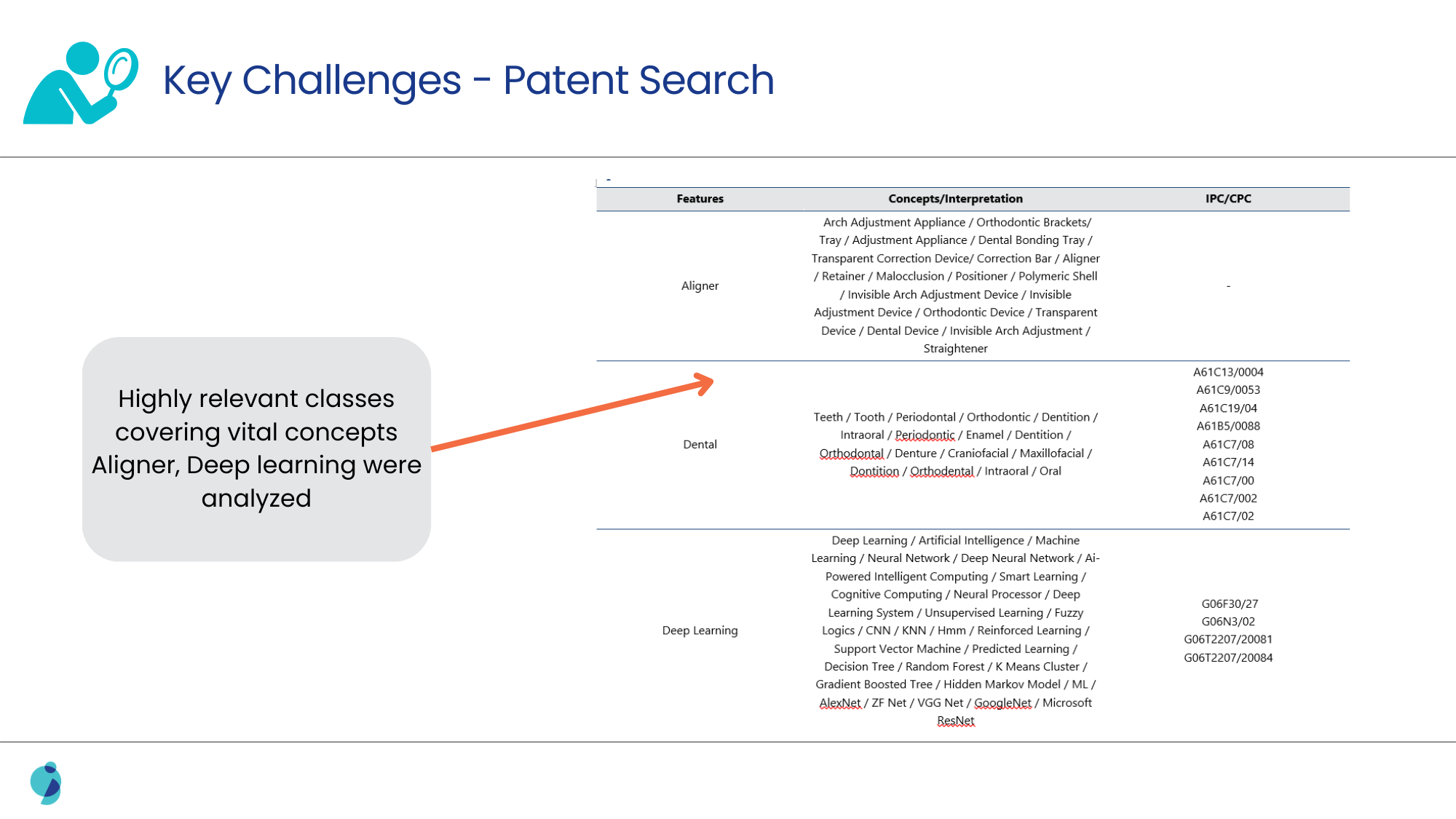
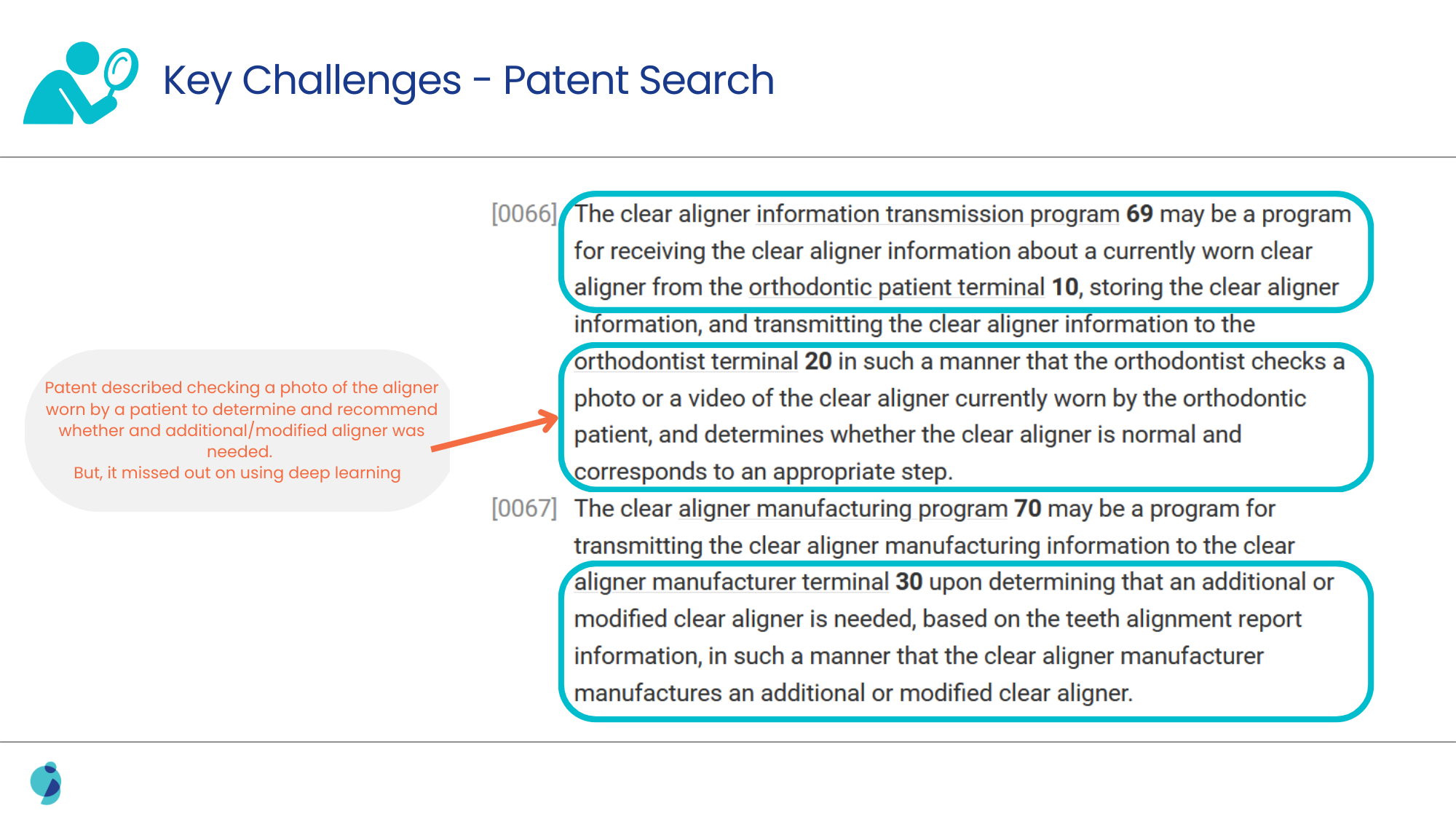

Solution Offered
Detailed technology timeline and evolution were plotted for dental aligners and their manufacturing. It was found that AI was introduced by certain key players in other aspects of orthodontic treatments (e.g., deciding if extraction was necessary).
Exploring this further led to a 2-year window during which a key player proposed using Artificial Intelligence in dentistry for various applications. Understanding this key player’s work in the sweet spot yielded a magazine published for orthodontics. The company shared detailed information about how their product was using deep learning for evaluating dental aligners, which matched the claimed invention.
Get the full case study to discover how GreyB successfully invalidated a patent based on the use of artificial intelligence in dentistry.



